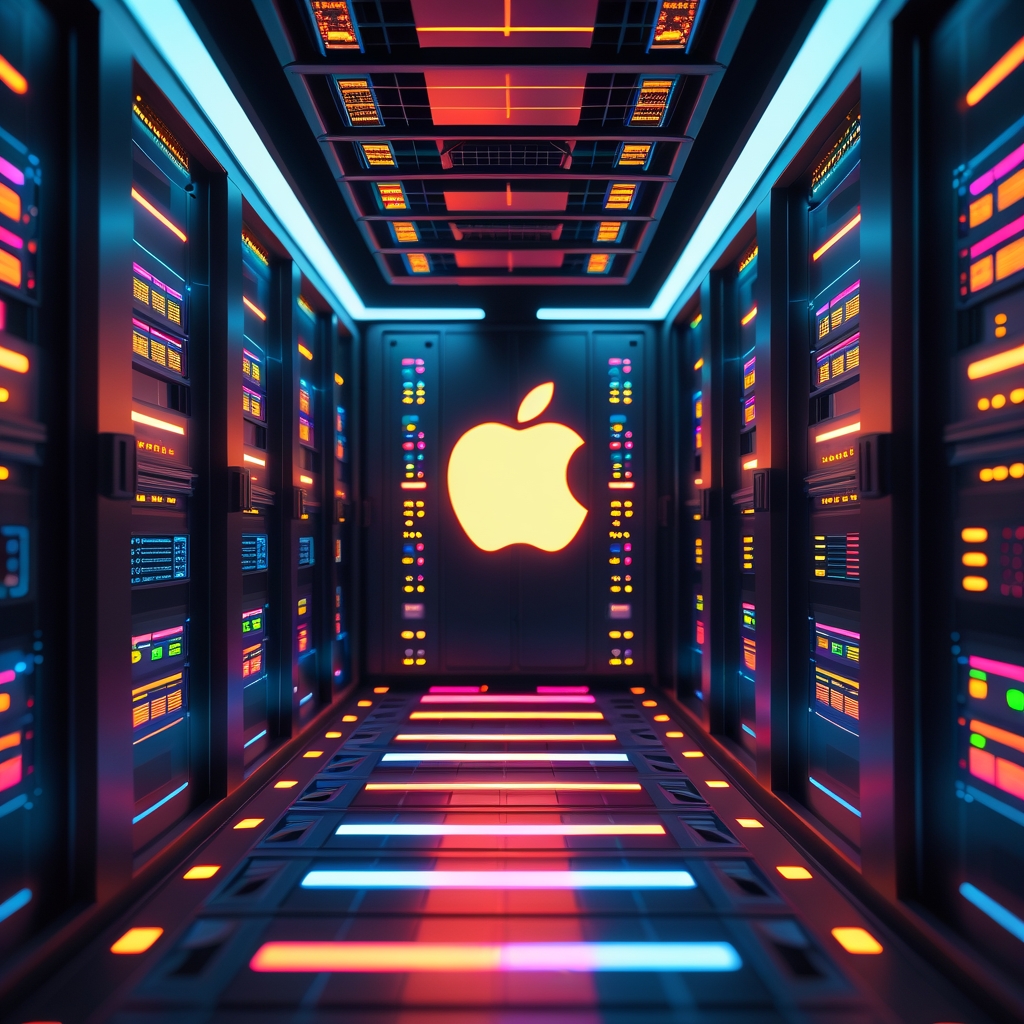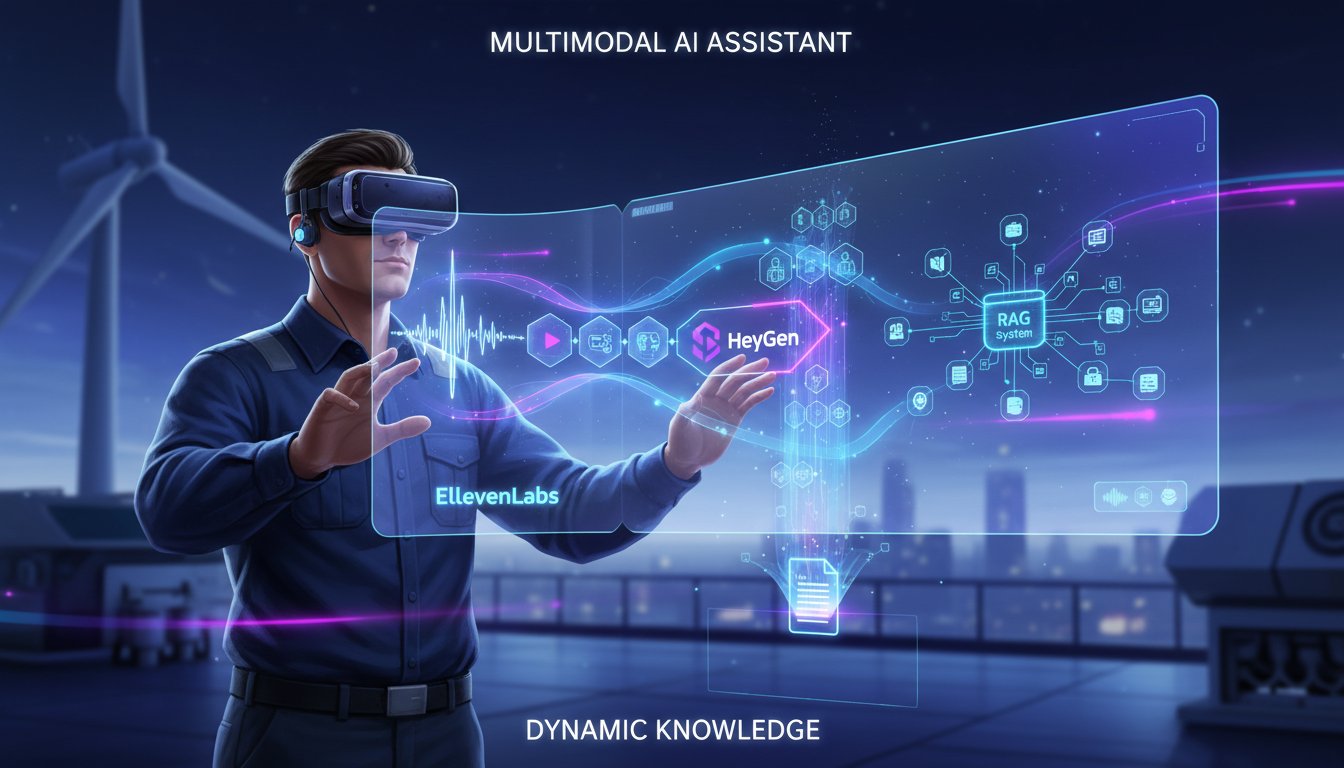Introduction
Imagine a scenario: You’ve meticulously built a Retrieval-Augmented Generation (RAG) system, feeding it terabytes of data, fine-tuning the retrieval and generation models, and finally, it’s performing remarkably well. But then, a new announcement shakes the foundation – Apple unveils groundbreaking AI chips designed for servers, promising unprecedented performance. Suddenly, your carefully optimized RAG infrastructure might be leaving performance on the table. The challenge isn’t just about keeping up with the latest tech; it’s about strategically adapting your RAG pipelines to leverage these advancements for enhanced speed, efficiency, and scalability.
This blog post explores the potential impact of Apple’s new AI chips on RAG technology. We’ll dive into the technical specifics, examining how these chips might boost the performance of various RAG components, from vector databases to transformer models. We’ll also discuss the practical considerations for integrating these chips into your existing infrastructure and the potential benefits you can expect. Expect a blend of technical insights, practical advice, and forward-looking perspectives on how Apple’s innovation could reshape the RAG landscape.
Understanding Apple’s AI Chip Advancements
Apple’s entry into the AI server chip market signals a significant commitment to artificial intelligence infrastructure. Their new chips, designed with specialized cores for machine learning tasks, boast improvements in both processing power and energy efficiency. According to a recent report from english.cw.com.tw, these chips are tailored for AI servers and smart glasses, representing a major push into enterprise and consumer AI applications.
Key Features and Capabilities
- Neural Engine Optimization: Apple’s Neural Engine, a dedicated hardware component for accelerating machine learning tasks, is expected to receive a significant upgrade. This enhancement can directly benefit the inference speed of transformer models used in RAG systems.
- Memory Bandwidth: High-bandwidth memory (HBM) is crucial for handling large datasets and complex models. Apple’s new chips are likely to feature improved memory bandwidth, leading to faster data retrieval and reduced latency.
- Energy Efficiency: Apple is known for its focus on energy efficiency. Their AI chips are expected to deliver high performance while consuming less power, making them an attractive option for organizations looking to reduce their carbon footprint and operational costs.
Impact on RAG Workloads
These features translate to tangible benefits for RAG systems:
- Faster Inference: The optimized Neural Engine can accelerate the inference speed of language models, leading to quicker response times for RAG queries.
- Improved Vector Database Performance: Higher memory bandwidth and processing power can enhance the performance of vector databases, enabling faster retrieval of relevant documents.
- Scalability: Energy-efficient chips allow for denser deployments, enabling organizations to scale their RAG infrastructure more effectively.
Optimizing RAG Pipelines for Apple’s AI Chips
To fully leverage the potential of Apple’s AI chips, organizations need to strategically optimize their RAG pipelines. This involves adapting various components to take advantage of the chip’s unique features.
Vector Database Considerations
Vector databases are a critical component of RAG systems, responsible for storing and retrieving embeddings of documents. When using Apple’s AI chips, consider the following:
- Indexing Strategies: Explore indexing strategies that are optimized for the chip’s architecture. For example, consider using approximate nearest neighbor (ANN) algorithms that are specifically designed for hardware acceleration.
- Data Partitioning: Partition your data in a way that minimizes data transfer between the CPU and the AI chip. This can be achieved by co-locating frequently accessed data on the same chip.
- Memory Management: Optimize memory usage to ensure that the vector database can take full advantage of the chip’s high-bandwidth memory.
Transformer Model Integration
Transformer models are used for both generating embeddings and generating responses in RAG systems. When integrating these models with Apple’s AI chips, consider the following:
- Quantization: Use quantization techniques to reduce the memory footprint of the models. This can improve inference speed and reduce energy consumption.
- Model Pruning: Prune the models to remove unnecessary parameters. This can further reduce the memory footprint and improve inference speed.
- Compiler Optimization: Use compiler optimizations to generate code that is specifically tailored for Apple’s AI chip architecture.
Monitoring and Tuning
After deploying your optimized RAG pipeline, it’s crucial to continuously monitor its performance and tune it as needed. Use metrics such as query latency, throughput, and accuracy to identify bottlenecks and optimize performance.
The Future of RAG with Specialized Hardware
Apple’s entry into the AI chip market is just the beginning. As AI workloads become more demanding, we can expect to see more specialized hardware designed for specific AI tasks. This trend will have a profound impact on the RAG landscape, enabling organizations to build more powerful and efficient systems.
Potential Future Developments
- Dedicated RAG Accelerators: We may see the emergence of dedicated RAG accelerators that are specifically designed for the unique requirements of RAG workloads.
- Hardware-Aware RAG Frameworks: RAG frameworks may become more hardware-aware, automatically optimizing pipelines for different hardware platforms.
- Edge RAG: Specialized AI chips will enable the deployment of RAG systems on edge devices, bringing the power of RAG to new applications.
Conclusion
Apple’s advancements in AI chips present exciting opportunities for enhancing RAG technology. By understanding the capabilities of these chips and strategically optimizing your RAG pipelines, you can unlock significant performance gains, improve scalability, and reduce costs. However, the key takeaway remains: Is your current infrastructure prepared to harness this leap in hardware? As AI continues to evolve, embracing hardware-aware optimization will be crucial for staying ahead in the RAG space. Just as Apple is pushing the boundaries of silicon, we must push the boundaries of our RAG implementations to fully leverage the potential of these innovations.
Call to Action
Ready to optimize your RAG infrastructure for the future of AI? Contact us today for a consultation on how to leverage the latest hardware advancements to improve the performance, scalability, and efficiency of your RAG systems. Let’s discuss how Apple’s AI chips, and other emerging technologies, can transform your content retrieval and generation capabilities.




